Name Karl Drais Role Inventor | Education Heidelberg University | |
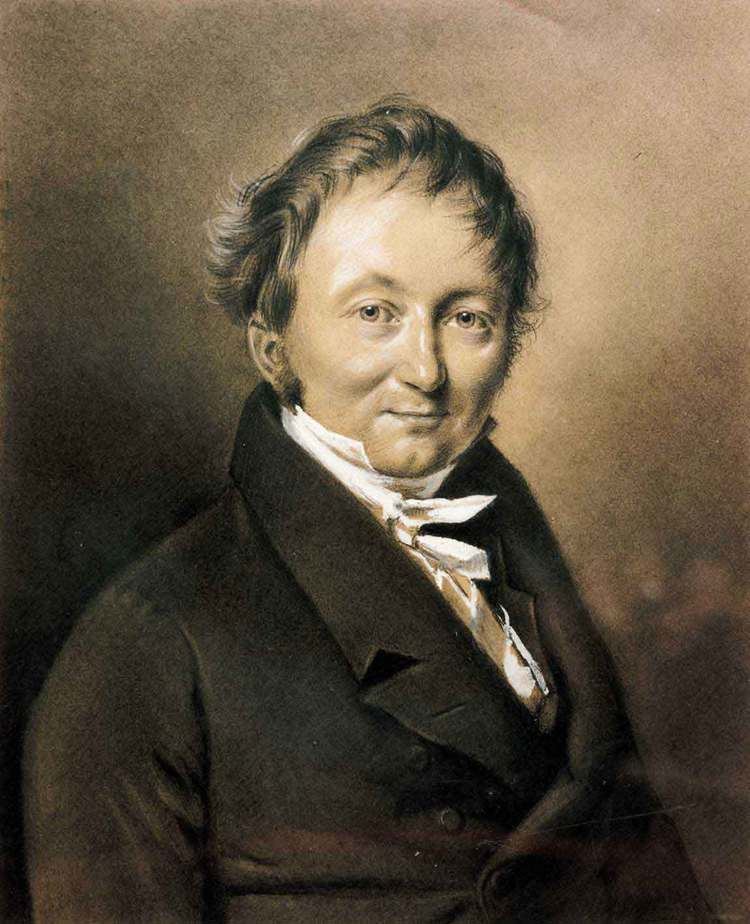 | ||
Parents Karl Wilhelm Ludwig Friedrich Drais von Sauerbronn | ||
About a karl drais movie
Karl Drais (29 April 1785 – 10 December 1851) was a German inventor, who invented the Laufmaschine ("running machine"), also later called the velocipede, draisine (English) or draisienne (French), also nicknamed the dandy horse. This incorporated the two-wheeler principle that is basic to the bicycle and motorcycle and was the beginning of mechanized personal transport. Drais also invented the earliest typewriter with a keyboard in 1821, later developed into an early stenograph machine, a meat grinder, and a wood-saving cooker using a hay chest.
Contents
- About a karl drais movie
- Wooden Bicycle Replica Road Show BENGALURU ONE Tribute 2 Karl Drais Bicycle Inventor
- Early life
- Inventions
- Upheaval
- Death
- References
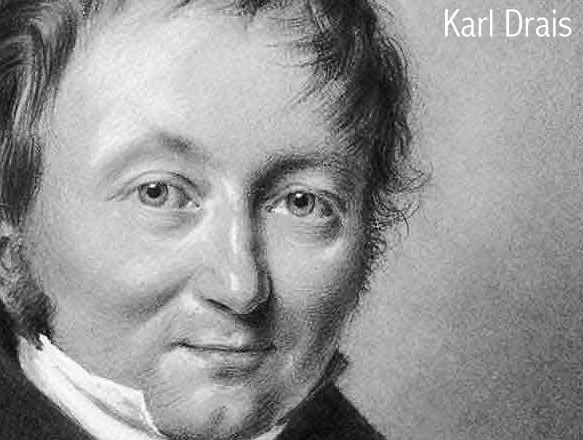
Wooden Bicycle Replica Road Show BENGALURU-ONE. Tribute 2 Karl Drais, Bicycle Inventor
Early life
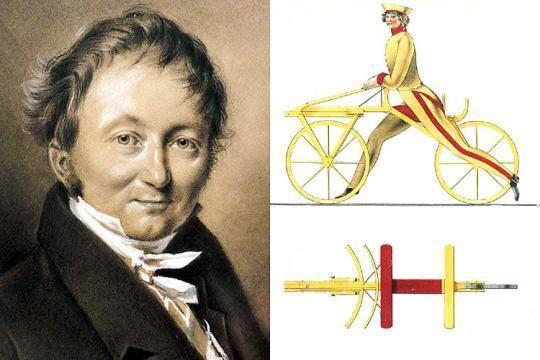
Karl Drais, baptized Karl Friedrich Christian Ludwig Freiherr (German for Baron) Drais von Sauerbronn, was born on April 29, 1785 to Karl Wilhelm Friedrich Ludwig Baron von Drais and Ernestine Christine Margaretha (born Baroness von Kaltenthal) in Karlsruhe, capital of Baden, Germany. While the family was not rich, it was highly influential, Karl's godfather being Karl-Friedrich, the Grand Duke of Baden. He went to school in Karlsruhe, finalized his Lyceum (a secondary school) in 1800 and moved to Pforzheim, joining a private school of forest administration owned by his Uncle Friedrich Heinrich Georg von Drais where he was also a teacher. However, jobs for young forestry officers were rare so he enrolled at The University of Heidelberg where he studied Mathematics, Physics and Architecture until 1805. Eventually he would get his job in forest administration and was named Chief Forester in 1810 but was not yet assigned a commensurate position. He remained until 1811. In 1810, his Father had become the Prime Judge of Baden. In 1811, the younger Drais went "off duty" from active service while still continuing to collect his salary and he went to Mannheim in order to concentrate on inventions. Europe suffered from poor harvests during 1812-1815 and then in 1815, Mount Tambora in Indonesia erupted. The eruption in Indonesia affected the entire world and Europe saw snow all summer long. This drove Drais to focus on a replacement for the horse used for transportation, due to a lack of food, and his subsequent invention in 1817 of the Laufmaschine/Velocipede (running machine).
Inventions
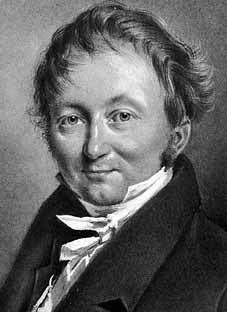
Drais was a prolific inventor, who invented the Laufmaschine ("running machine"), also later called the Velocipede, Draisine (English) or draisienne (French), also nicknamed the hobby horse or dandy horse. This was his most popular and widely recognized invention. It incorporated the two-wheeler principle that is basic to the bicycle and motorcycle and was the beginning of mechanized personal transport. This was the earliest form of a bicycle, without pedals. His first reported ride from Mannheim to the "Schwetzinger Relaishaus" (a coaching inn, located in "Rheinau", today a district of Mannheim) took place on 12 June 1817 using Baden's best road. It was a distance of about 7 kilometres (4.3 mi). The round trip took him little more than an hour, but may be seen as the big bang for horseless transportation. However, after marketing the Velocipede it became apparent that roads were so rutted by carriages that it was hard to balance on the machine for long, so Velocipede riders took to the sidewalks and moved far too quickly endangering pedestrians. Consequently, authorities in Germany, Great Britain, the United States, and even Calcutta did ban the use which ended its vogue for decades.
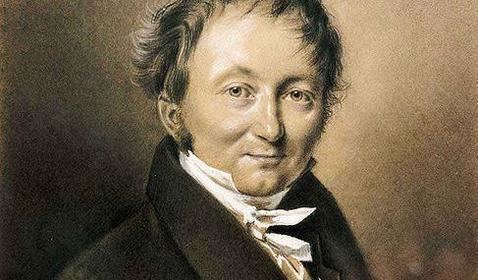
Drais also invented the earliest typewriter with a keyboard (1821). He later developed an early stenograph machine which used 16 characters (1827), a device to record piano music on paper (1812), the first meat grinder, and a wood-saving cooker including the earliest hay chest. He also invented two four-wheeled human powered vehicles (1813/1814) the second of which he presented in Vienna to the congress carving up Europe after Napoleon's defeat. In later years he developed a foot driven human powered rail-road vehicle(1840?) which, even today, the term "Draisine" is known as a railroad handcar.
Drais was unable to market his inventions for profit because he was still a civil servant of Baden, even though he was being paid without providing active service. As a result, on 12 January 1818, Drais was awarded a grand-ducal privilege (Großherzogliches Privileg) to protect his inventions for 10 years in Baden by the younger Grand Duke Karl. Grand Duke Karl also appointed Drais Professor of Mechanics. This was merely an honorary title, not related to any university or other institution. Drais retired from the civil service and was awarded a pension for his appointment to Professor for Mechanical Science.
Upheaval
In 1820 trouble overtook Drais when the political murder on the author August von Kotzebue was followed by the beheading of the perpetrator, Karl Ludwig Sand. In 1822 Drais was a fervent liberal who supported revolution in Baden. Drais's conservative father, as the highest Judge of Baden, had not entered a plea for pardon in the beheading of Karl Ludwig Sand, and the younger Drais was mobbed by the student partisans everywhere in Germany due to his family ties. Therefore, Drais emigrated to Brazil where he lived from 1822 to 1827, and worked as a land surveyor on the fazenda of Georg Heinrich von Langsdorff In 1827 he returned to Mannheim. Three years later in 1830 Drais's father died and the younger Drais was mobbed by jealous rivals.
Surviving a murderous attack in 1838, in 1839 he moved to the village of Waldkatzenbach in the hills of Odenwald and remained there until 1845. During this period, he invented the railroad handcar (later known as the draisine). Finally he moved back to his place of birth, Karlsruhe. Still being the fervent radical, in 1849 Drais gave up his title of Baron and dropped the "von" from his name. Subsequently, after the revolution collapsed, he was in a very bad position. The royalists tried to have him certified as mad and locked up. His pension was confiscated to help to pay for the "costs of revolution" after it was suppressed by the Prussians.
Death
Drais's undoing had been the fact that he had publicly renounced his noble title in 1848, and adopted the name "Citizen Karl Drais" as a tribute to The French Revolution.
Karl Drais died penniless on 10 December 1851 in Karlsruhe. The house in which he lived last is just two blocks away from where at that time young Carl Benz was raised.
In 1985, The Federal Republic of Germany issued a commemorative postage stamp, a semipostal 50 Pf+25 Pf surcharge, in remembrance of the 200th anniversary of Karl Drais's birthday.
In 2017, The Federal Republic of Germany issued a commemorative postage stamp (0,70 Euro) in remembrance of the 200th anniversary of Karl Drais's first run of his "running machine" on June 12, 1817. The stamp shows the machine plus as its shadow, a bicycle.
